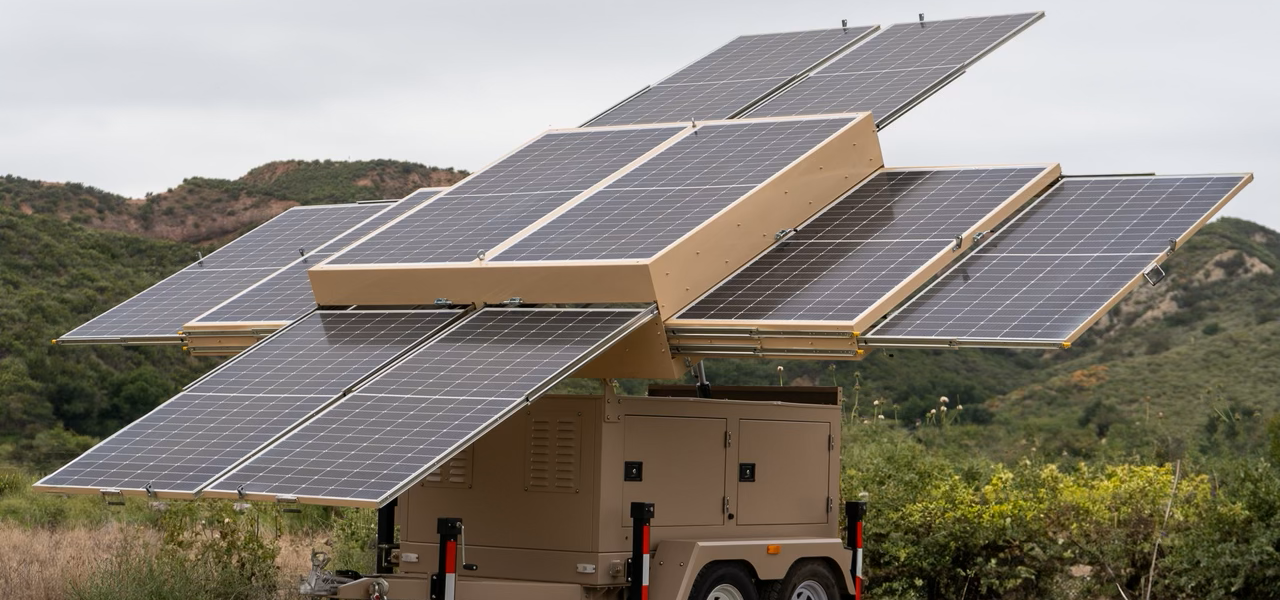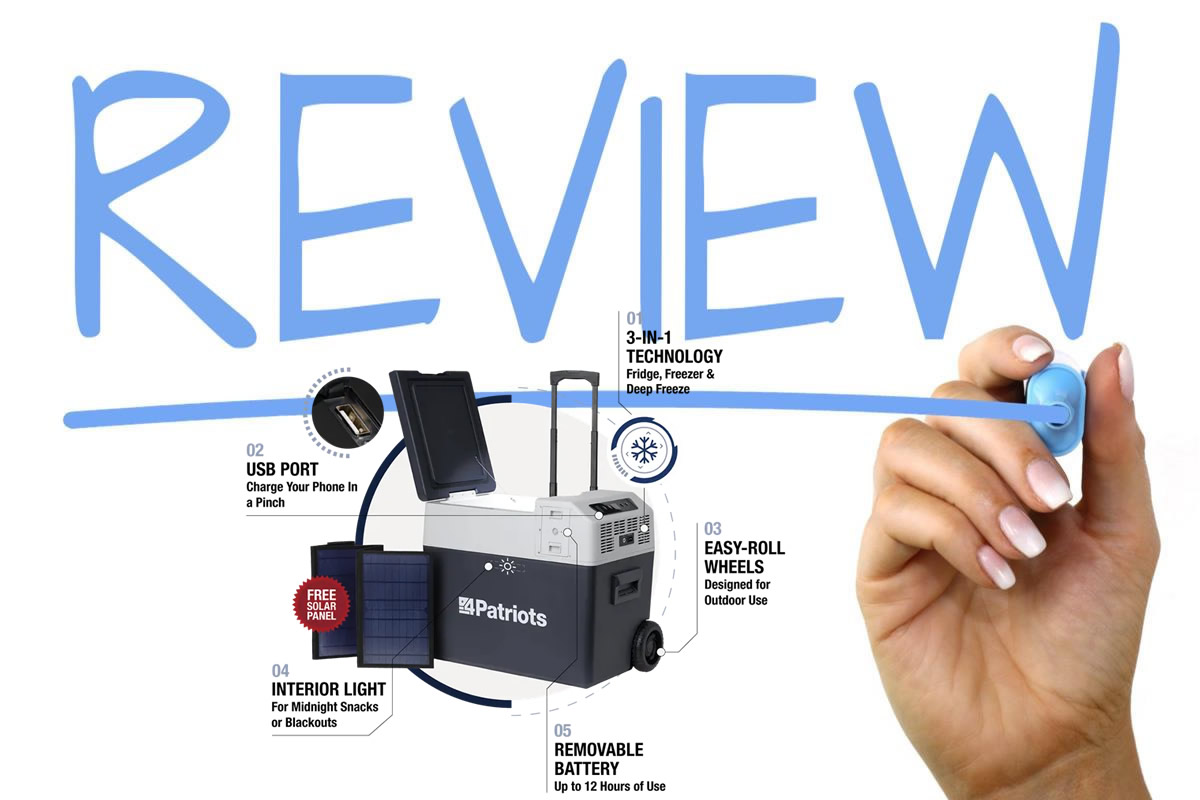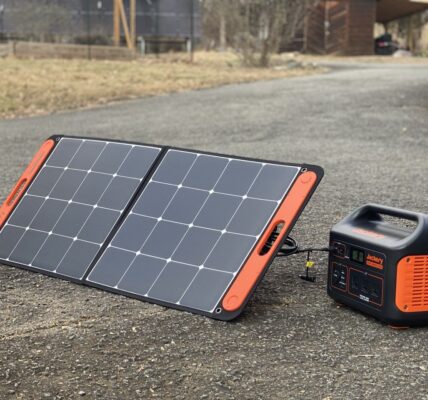In the stillness of the backcountry, when the fire’s embers fade and the stars take over the sky, reliable power isn’t just a convenience—it’s a quiet kind of freedom. As more of us choose solar over fuel, one question comes up more often around the campfire or trailhead: how long does a solar generator actually last?
The answer isn’t as simple as years or charge cycles. It depends on the build, the battery chemistry, the brand, and how you treat it. But with some careful thought and the right unit, your solar generator could become a long-term partner in both adventure and emergency.
Battery Chemistry Makes the Difference
Most solar generators rely on one of two battery types: lithium-ion (Li-ion) or lithium iron phosphate (LiFePO4). These determine not just how much energy you can store, but how long the system lasts over time.
Li-ion batteries tend to offer 500 to 1,000 charge cycles, which can translate into 2 to 5 years of consistent use. That’s plenty for the occasional weekend warrior.
LiFePO4, on the other hand, boasts 3,000 to 6,000 charge cycles. That’s a serious upgrade in longevity—often 10 years or more under normal conditions. It’s why you’ll find LiFePO4 in premium models like the Grid Doctor 3300, built for survivalists, off-grid explorers, and eco-conscious homesteaders who want long-term energy solutions.
Charge Cycles vs. Calendar Time
A charge cycle is one full battery use—from 100% down to zero and back again. Partial charges count as fractions of a cycle. So, if you use 25% one day and top it off, that’s just a quarter of a cycle used. Smart energy management stretches your generator’s lifespan.
Even if you rarely use it, battery aging still happens. Most lithium batteries have a calendar lifespan of about 8–10 years, assuming they’re stored and used properly. Keep it out of extreme heat, avoid draining it to zero constantly, and you’ll help preserve its health.
Inverter and Electronics Lifespan
It’s not just about the battery. Solar generators also house inverters, charge controllers, and digital displays. These components usually last as long as the battery—especially if they’re built with quality in mind.
Brands that prioritize durability often design their gear for 10,000+ hours of inverter use. That’s the kind of reliability you want when setting up a remote field station or a resilient backup system at home.
Solar Panels and Inputs Matter Too
Don’t forget the solar panels. The best panels have warranties of 20–25 years and retain 80%+ efficiency after two decades. So while the generator might need replacing after a decade or so, your panels can outlive it.
The Grid Doctor 3300, for example, pairs seamlessly with high-output solar arrays, letting you recharge fast, even in limited sunlight. That reduces stress on the battery and extends runtime—especially critical in survival scenarios or long off-grid expeditions.
Tips to Extend Your Solar Generator’s Lifespan
If you’re investing in a solar generator, a few habits can help protect that investment:
- Avoid deep discharges when possible
- Store in cool, dry places when not in use
- Use every few months to keep the system active
- Clean ports and solar inputs to avoid dust buildup
- Don’t overtax it—know your wattage limits
These small steps go a long way toward ensuring your solar generator stays reliable for years.
Built to Last—and Built to Matter
Solar power isn’t just a technical solution. It’s a philosophy. A way of living closer to the land while reducing your impact on it. Choosing a system like the Grid Doctor 3300, with its robust LiFePO4 core and rugged construction, isn’t just about specs. It’s about readiness, resilience, and responsibility.
And for those of us who’ve stood beneath the stars with the steady hum of a solar system in the background, it’s also about peace of mind.
Because when the lights go out—whether in a distant mountain valley or your own neighborhood—you’ll want to know your generator is ready. Not for a year. Not for two.
But for the long haul.




